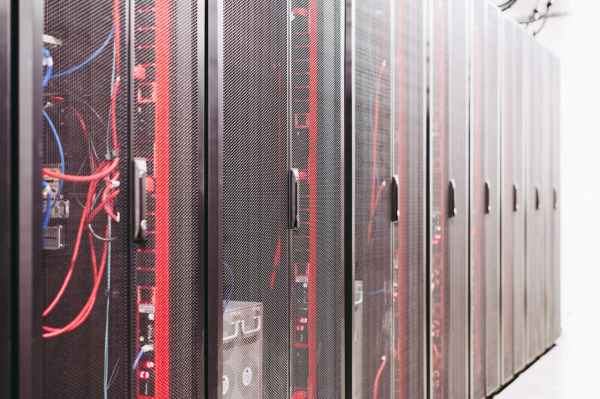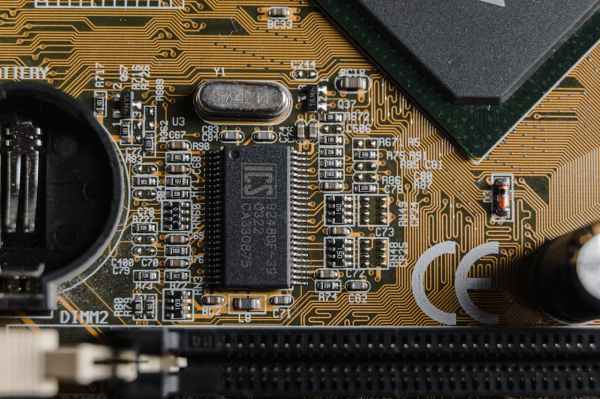RELATED POSTS
· Our country has a 3.5G broadband coverage with mobile access that reaches practically all Spanish households.
· Technological advances are taking us towards a Learning Society (robotics, artificial intelligence and Big Data) and Industry 4.0 in Spain.
· 50% of the Spanish youth are “mobile first”: they spend between 90% and 100% of their time on the network via a mobile screen.
Spain is already an advanced digital society thanks to the leadership in the deployment of fibre to the home (FTTH) in Europe, with more customers than Germany, United Kingdom, France and Italy put together. The country also boasts the third largest fibre access network among the OECD countries and also has a 3.5G broadband coverage with mobile access which reaches practically all Spanish households, while 4G (LTE) coverage reaches 94%. All this makes Spain the most competitive country in Europe in telecommunication infrastructures, which is the basis for the development of future 5G networks.
These are just some of the conclusions from the Digital society in Spain 2017 –DiSS17 report, which Telefónica Foundation has just published, and which has been presented this week by the secretary of State for the Information Society and the Digital Agenda, José Maria Lassalle Ruiz; the CEO of the Telefónica Foundation, César Alierta; and the General Director of Telefónica Foundation, José Maria Sanz-Magallón.

The Spanish youth are already mobile first
A total of 24 million Spanish people aged between 16 and 74 connect to the Internet daily (64% of the total): 98% of young people and 43.7% of adults between 65 and 74 years. So, older people are rapidly incorporating themselves into the Digital Society: Internet use among people aged between 65 and 74 years climbed by almost 26% in 2017
In addition, 50% of the Spanish youth are already mobile first: in other words spending between 90% and 100% of their time on the network via a mobile screen. In fact, 86% now have a smartphone and use it as their principal device for instant messaging, accessing social networks, listening to music and streaming videos.
José María Álvarez-Pallete: Digital transformation is not optional. It should reach the fabric of business, public authorities and all citizens without exception, to prevent there from being straggling sectors and digital divides. The benefits of digitalisation should reach everyone and everything.
Sales of mobile phones also increased in 2017 and the use of mobile applications continues to grow: the number of applications or sessions and the time spent using them increased by 11% and 69%, respectively in 2016, a fact backed up by evidence that the virtual reality terminal market is at a peak.
The year 2017 saw growth in a phenomenon based on successful multiplayer games whose tournaments have converted into live shows for crowds: the eSports events. Audience figures and the data on advertising income do not cease to grow year after year and is expected to reach $1,000 million by 2020 all over the world. In Spain the first professional teams were created, such as the Movistar Riders of Telefónica, which also has a high performance centre.
The Digital Society encroaches on the Learning Society
The use of artificial intelligence and cognitive systems from all the information provided by connected devices – the Internet of Things – will solve health, education, energy and transport problems, doing so in such a way that the country is already at the gates of the so-called Fourth Industrial Revolution.
In fact, in 2017 the Internet of Things has already brought the Spanish people closer to such innovative concepts as smart cities, Industry 4.0, autonomous cars, remote controlled surgical operations and digital distance education.
In the world of finance, Bitcoin continues to spur great expectation. However, this year the attention has shifted to the underlying technology of the cryptocurrency, Blockchain, a public accounting system that uses smart contracts, where the bitcoin is a special currency that monitors the balances. 2017 saw the birth of Alastria, the first multisectoral consortium promoted by companies such as Telefónica, Banco Santander, Gas Natural Fenosa and other institutions to establish a Blockchain infrastructure in Spain.
Download the full report here.







